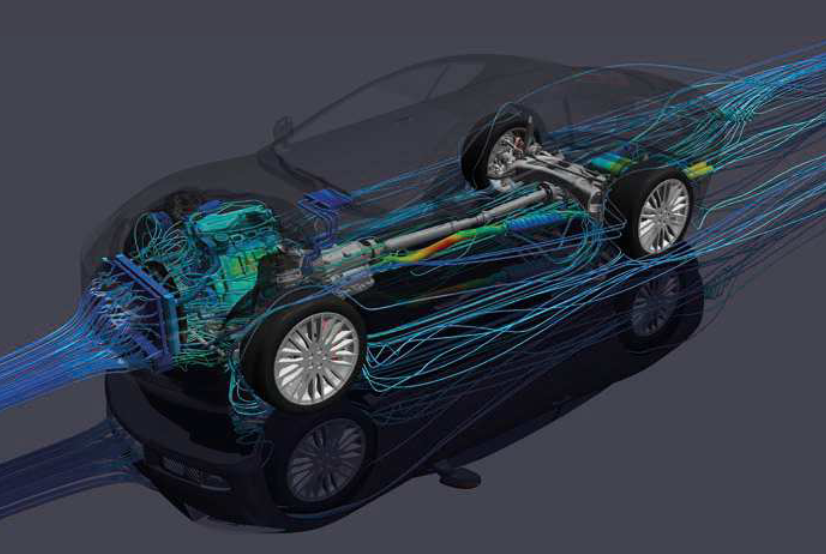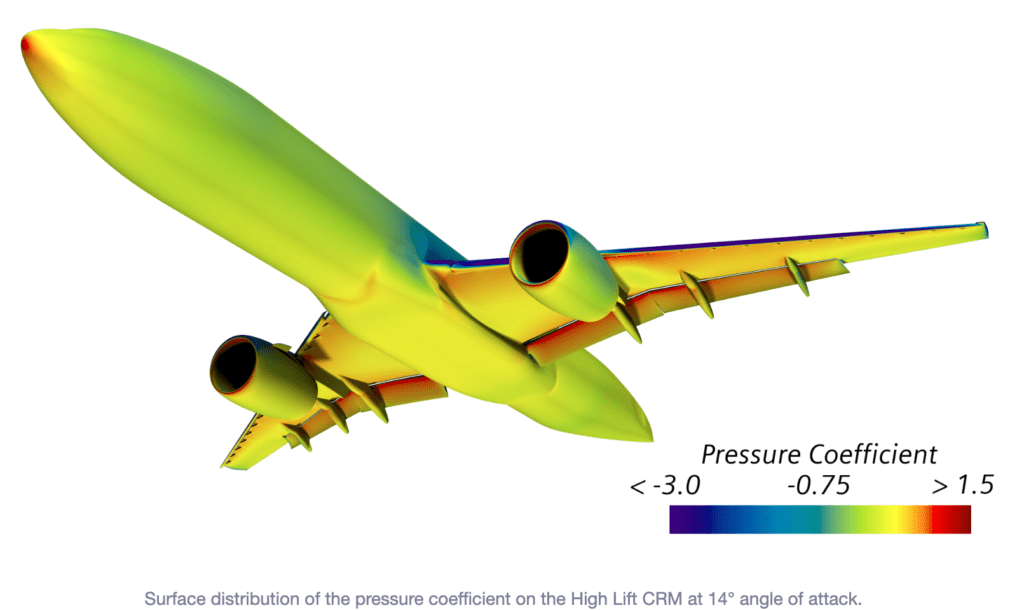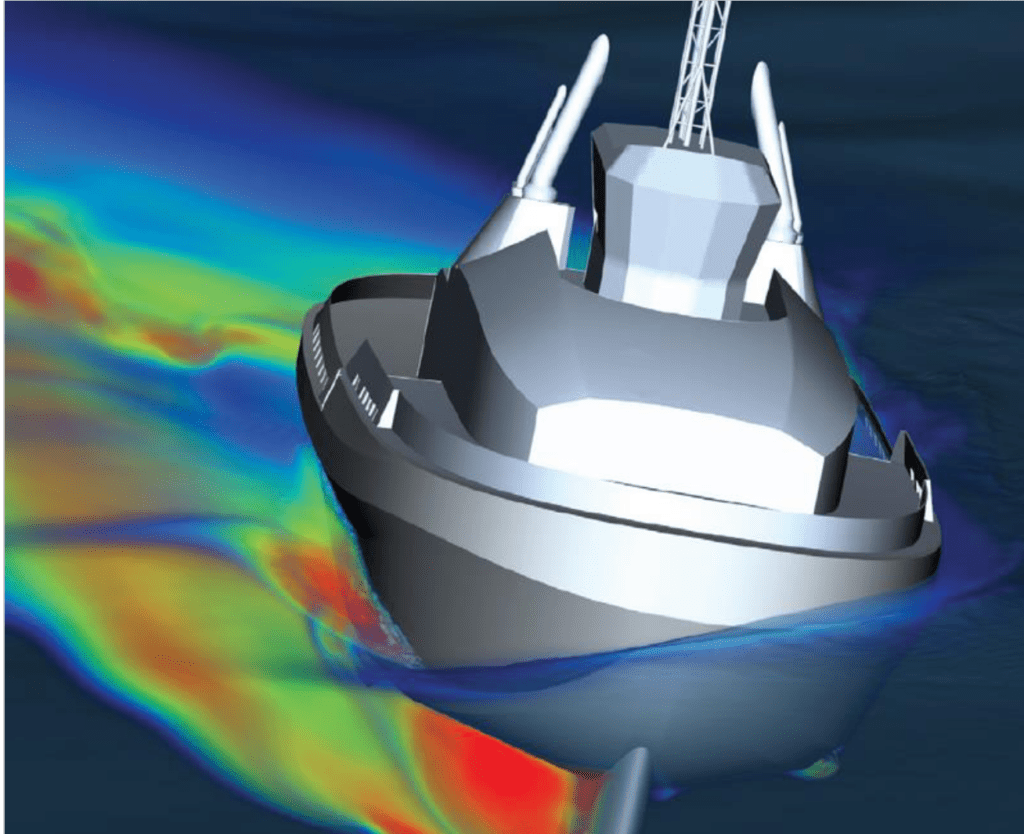In the realm of engineering and design, Computational Fluid Dynamics (CFD) stands as a remarkable fusion of science, mathematics and computational capability. It’s the tool that helps us decode the intricacy of fluids, whether it’s the aerodynamics of a soaring aircraft or the complexities of cooling systems in modern vehicles.
As we gaze into the horizon of this ever-evolving field, it becomes evident that several trends are shaping its trajectory:
1. Machine Learning Acceleration
Machine learning techniques are revolutionizing CFD simulations and leading to an increase in both accuracy and efficiency. Through training neural networks on CFD data, machine learning techniques can create models that can predict fluid flow at a much faster speed and the AI algorithms extract CFD data and identify any anomalies within the simulation. It can also develop accurate turbulence models with varying levels of fidelity and identify anomalies within simulations, offering insights into potential errors or areas for improvement.

2. Hybrid Simulation Methods
In the search for a comprehensive understanding, hybrid simulations are emerging as a powerful ally. By blending different modeling approaches, such as coupling CFD with molecular dynamics or discrete element modeling (DEM), researchers can delve into multiscale phenomena, offering insights into fluid-structure interactions (FSI) and microscale heat transfer dynamics. For example, CFD software, such as STAR-CCM+, continues to advance its sophisticated algorithms along with simplifying workflows allowing users to analyze extremely complex interactions between heat transfer mechanisms, capturing the nuances of convective flows, conductive heat transfer through solids, liquids or gasses along with radiative heat exchange all on while dealing with very complex geometries.
3. GPU Acceleration
There has been a huge development of Graphics Processing Unit (GPU) in the past several years. GPUs have an increased performance advantage over CPUs. This could lead to a decrease in simulation costs. At TotalSim, we have seen a decrease up to 7x in run time when coupling our GPU system to our STAR-CCM+ solver. However, these performance benefits are not equal across different CFD solvers and codes. We have seen in our decades of experience that STAR-CCM+ stands out as the premier solver for harnessing the power of GPUs, leveraging their parallel processing capabilities to deliver unparalleled performance gains. While there are emerging codes showing promise for speed, STAR-CCM+ stands out for its refinement and maturity.

4. Hiring Out For CFD Consulting
Designing with precision is crucial, as creative ideas may not always translate into successful designs. CFD consultants bring invaluable skills and knowledge to the table, offering expert insights before advancing to the next stage of design, ensuring that only the most viable and implementable ideas are pursued. Moreover, their experience enables them to predict risks and identify flaws swiftly, mitigating potential damages down the line. CFD consultants also come equipped with the necessary resources, sparing businesses the need to invest time in training internal teams extensively. TotalSim, for instance, offers comprehensive training for STAR-CCM+ and OpenFOAM software, ensuring that clients have access to the latest tools and techniques for effective CFD analysis. By partnering with experienced consultants like TotalSim, businesses stay ahead of the competition in today’s dynamic market landscape.
5. Cloud Computing
In the past several decades, CFD simulation has relied on High Performance Computing (HPC) systems. These HPC systems were costly investments in both hardware, software, and manpower. Depending on needs, CFD simulations were not always easily scalable when needed. This is when cloud computing comes into play. Cloud computing removes a user’s initial upfront investment cost. These cloud computing systems can be accessible from anywhere in the world and can be easily scalable depending on a project’s CFD needs. There are some caution considerations when utilizing a cloud computing service. Simulations and data are being run on a public cloud infrastructure and there are typically some security and privacy concerns.

Partnering for Progress
These trends underscore the dynamic nature of CFD, fueled by interdisciplinary collaborations and technological breakthroughs. As computational capabilities surge and new methodologies emerge, the future of CFD promises even more breathtaking advancements.
At TotalSim, we understand that every project is unique, demanding tailored solutions. Whether you’re seeking to enhance in-house processes or looking for outsourced engineering support, our team is dedicated to delivering results that propel you ahead of the curve.
Reach out to TotalSim today to embark on a journey of innovation and discovery in the realm of computational fluid dynamics.
